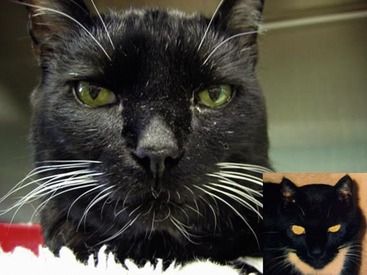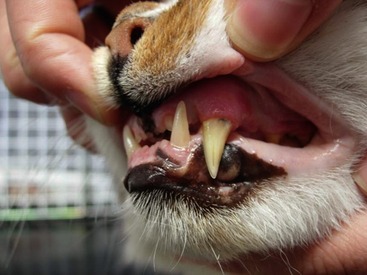acromegaly cats and dogs
The hormone excess leads to development of insulin-resistant diabetes mellitus and enlargement of tissues such as the liver heart and jaw. Diagnosis can be difficult but the.

Acromegaly In Dogs And Cats Sciencedirect
The tumour is usually benign and very slow growing.

. We consider surgical hypophysectomy to be the optimal treatment option for acromegaly. Sadly the effects on the heart can sometimes be so severe that the cat develops congestive. In principle there are three options.
Acromegaly occurs in people dogs and cats. RADIATION ONCOLOGY Does my cat have acromegaly. That can be explained by the diabetogenic effect of GH in this species.
Symptoms of Acromegaly in Dogs Symptoms may include. Cause of GH hypersecretion in cats with acromegaly In cats with acromegaly excensive secretion of GH is mostly caused by a GH producing. In cats the ratio is more like ten males to one female.
Over 90 of feline sufferers. Other symptoms of acromegaly can include the following. Acromegaly in cats is a condition in cats caused by excessive growth hormone in the body which is usually secondary to a pituitary tumor explains Dr.
In dogs the condition often develops due to excess progestrone secretion as happens with ovarian cysts. It is more common in certain breeds than others but this disease is generally quite uncommon. It has been recognised in dogs and cats but the aetiology of the disease in both species is completely different.
Acromegaly is a syndrome in cats caused by a tumor in the brain specifically the pituitary gland that secretes an excess of a hormone Growth Hormone GH. There is excessive secretion. Growth of the extremities skull and muscles occur in some cats.
GH is responsible for regulating growth. Signs related to diabetes mellitus are typically the first clinical signs noticed. Acromegaly is encountered in intact female dogs that were treated with progestagens to prevent estrus and in dogs during diestrus progesterone phase.
The procedure can be performed in cats and dogs but typically results in the complete removal of the pituitary gland hypophysectomy. The hormone excess leads to development of insulin-resistant diabetes mellitus and enlargement of tissues such as the liver heart and jaw. This is true for acromegaly in other species as well except in the case of dogs.
Medical treatment radiation therapy and hypophysectomy. It is more common in cats than dogs. In dogs with acromegaly due to a somatotroph adenoma treatment should be directed at the pituitary lesion.
It helps make kittens grow and helps maintain normal body structure in adults. It is associated with a 70 rate of cats achieving complete diabetic remission post-operatively with significant improvements in insulin responsiveness seen in the remaining cats. Like regular diabetic cats acromegalic cats are more often male than female.
Acromegaly is a relatively rare condition caused by excessive hormone production in the brain or in mammary gland breast tissue. Hypophysectomy for acromegaly in cats. Progestagen withdrawal andor ovariohysterectomy will result in a reduction of plasma GH and GH-dependent insulin-like growth factor concentrations and appreciable clinical improvement.
Body condition can range from normal to being overweight and an average body weight of 58 kg was found in a large cohort of acromegalic cats. GH can cause peripheral insulin-resistance. Several other conditions may also be associated with polyuria and increased appetite such as hypercortisolism and hyperthyroidism.
DOES MY CAT HAVE FELINE ACROMEGALY. Renee Rucinsky a board-certified feline. Acromegaly occurs when a functional non-cancerous benign tumor in the pituitary produces excessive amounts of growth hormone.
In people it occurs in approximately two males to every female. Cardiomegaly and azotemia develop late in the disease. Acromegaly results from chronic excessive secretion of growth hormone in the adult animal.
The pituitary gland secretes the growth hormone thanks to the stimulation of another precursor. These may include polyuriapolydipsia increased drinking and urination as well as an increased appetite. A common finding in cats with acromegaly is uncontrolled diabetes therefore symptoms associated with diabetes may be observed.
6 rows As well as occurs in human beings acromegaly is an endocrine disorder characterized by bony and. In dogs acromegaly results after administration of progestational compounds for the suppression of oestrus in intact female dogs. Acromegaly is not a very common disease in cats but under certain circumstances veterinarians and owners need to be more aware of it than we currently are.
Acromegaly is an endocrine disease caused by a tumour in the pituitary gland in the brain which secretes excessive amounts of growth hormone GH. In cats it is due to GH-secreting tumors of the anterior pituitary. In dogs there is a relationship between acromegaly and DB.
Cats with acromegaly also seem prone to high blood pressure and rarely the tumour itself can grow so large that it causes changes in behaviour or other neurological signs. Affected cats can develop gradual changes in their appearance but because the disease develops over a long period of time owners may not notice any problems. Feline acromegaly has its origin in an adeno-hypophyseal lesion or an adenoma responsible for deregulation in the production of GH the growth hormone.
Cats and people usually have a pituitary tumor which is the cause of acromegaly. Interestingly it can also affect the joints so arthritis symptoms can be seen. The condition is caused by a benign tumor within the pituitary gland that secretes excess amounts of growth hormone.
Acromegaly is a rare but very dangerous condition that affects cats of all ages breeds and genders. It is a far less common condition in dogs than in cats. Complications associated with the surgery include hemorrhage and incision dehiscence.
Surgically removing the pituitary tumor adenectomy is the treatment of choice in people with acromegaly. Acromegaly in cats. Similar to its etiology in people acromegaly in cats is the result of a functional adenoma of the pituitary gland that releases excessive growth hormone despite negative feedback1 ANATOMY AND PHYSIOLOGY Growth hormone is produced in an anterior lobe of the pituitary gland specifically by cells called somatotrophs.
Acromegaly is caused by excess secretion of growth hormone GH in adult animals. Acromegaly is a syndrome in cats caused by a tumor in the brain specifically the pituitary gland that secretes an excess of a hormone Growth Hormone GH. Swollen mammary glands Polyphagia - excessive hunger Polydipsia - abnormal thirst Weight gain Tissue swelling of the face and abdomen Facial limb and skin hypertrophy Excessive urination Noisy breathing Stiffnessrigidity Excessive panting Prominent skin folds Enlarged tongue.
This is of particular interest since typical diabetic cats with poorly controlled DM would show weight loss. The disease is typically caused by an abnormal growth or.

Acromegaly In Cats The Veterinary Nurse

Tumors Of The Endocrine System Veterian Key

Acromegaly In Dogs And Cats Sciencedirect
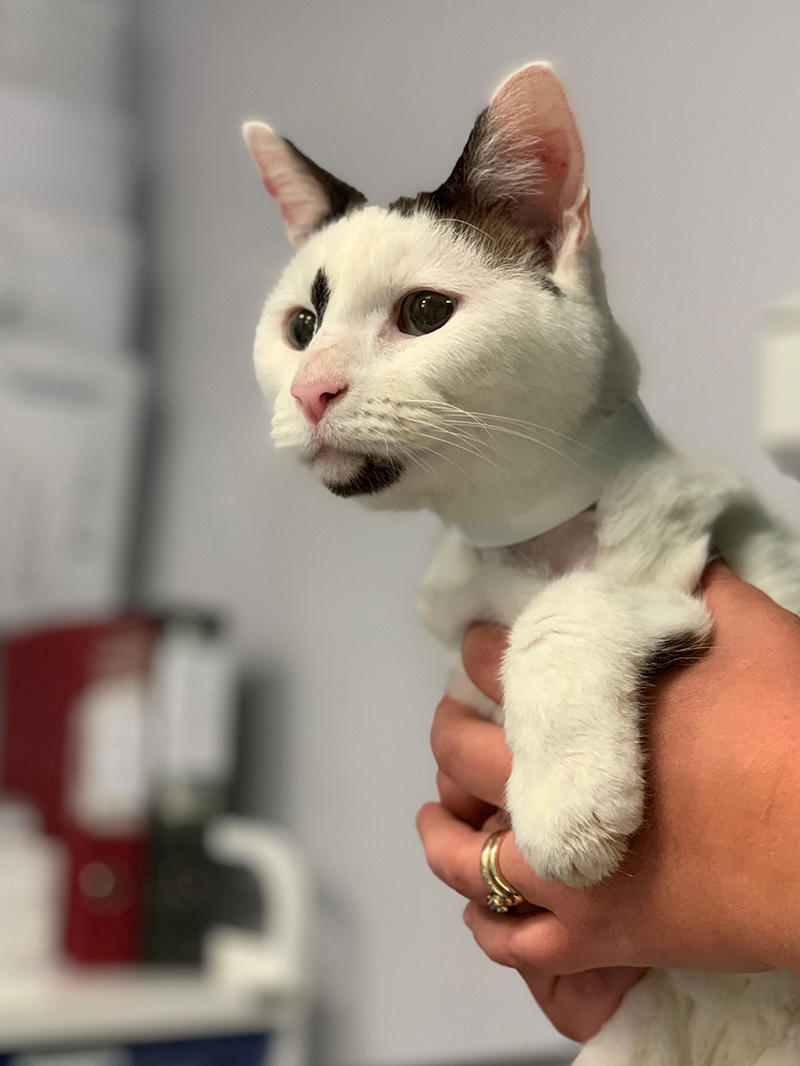
Pioneering Hypophysectomy Treatment Reaches 100 Case Milestone

Pharmacological Treatment With Cabergoline In Three Cats With Acromegaly

A Male European Shorthair Cat At A 11 Years Of Age And At B 14 Download Scientific Diagram

Pdf Acromegaly In A Non Diabetic Cat

Acromegaly In A Non Diabetic Cat

Pdf Acromegaly In A Non Diabetic Cat Semantic Scholar

Feline Acromegaly An Uncommon Disease Vetcall Q Superstore Qld
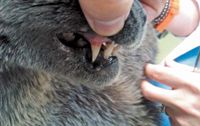
Feline Acromegaly The Keys To Diagnosis
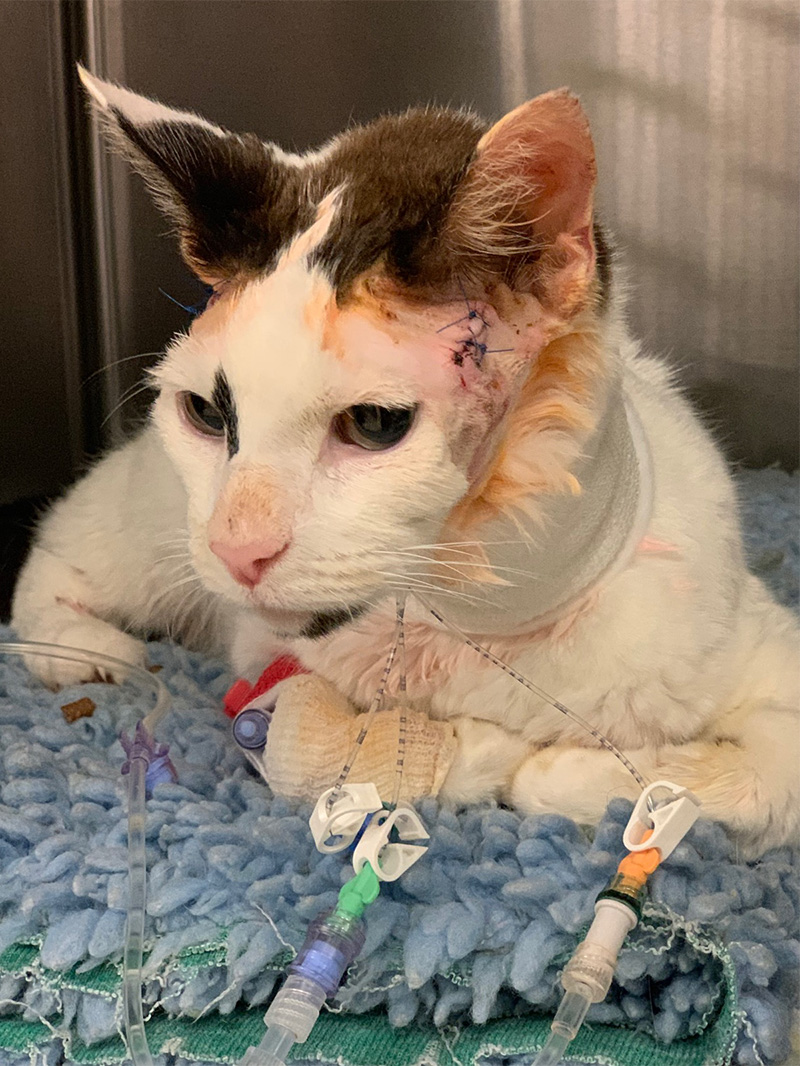
Pioneering Hypophysectomy Treatment Reaches 100 Case Milestone
